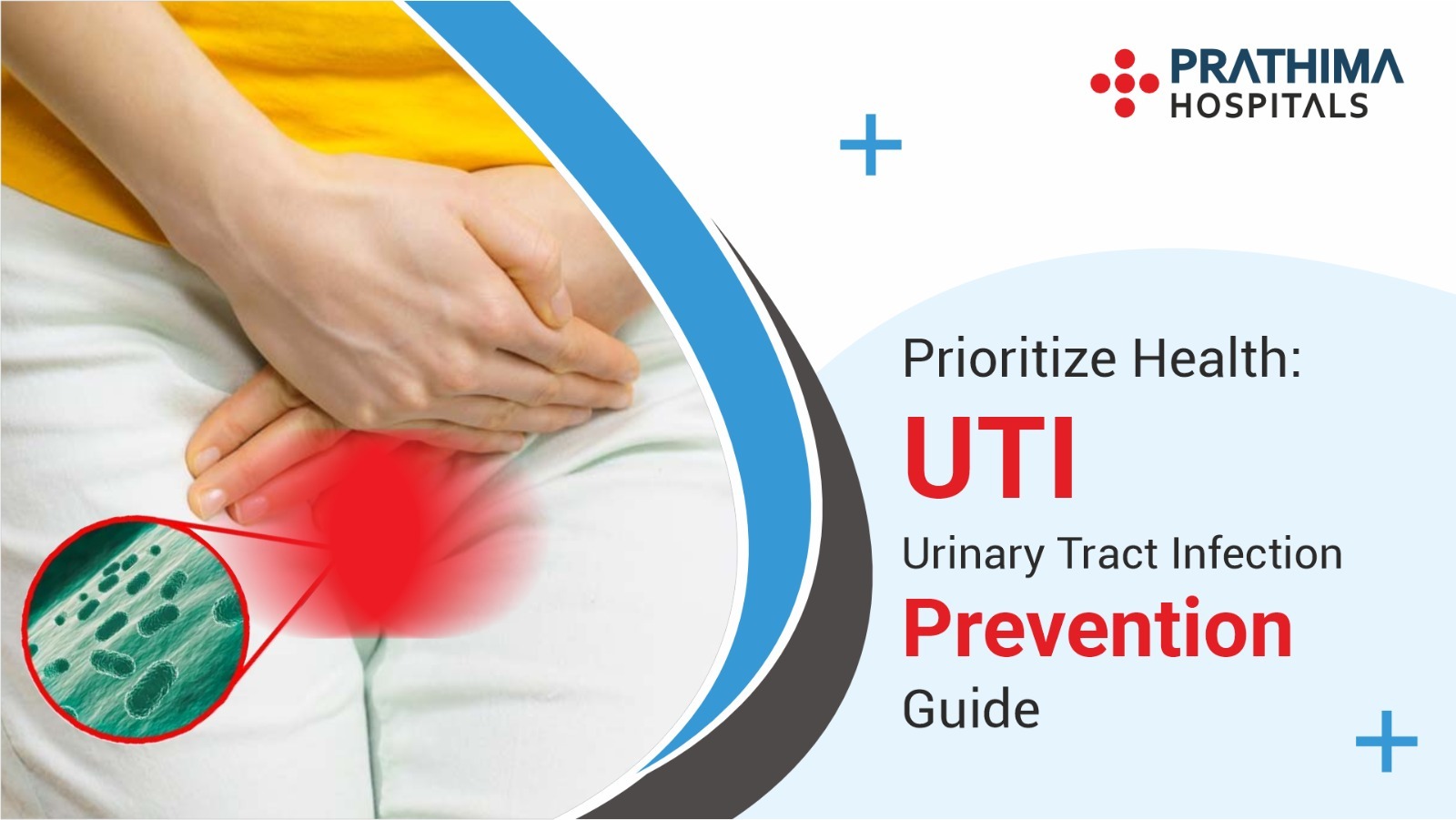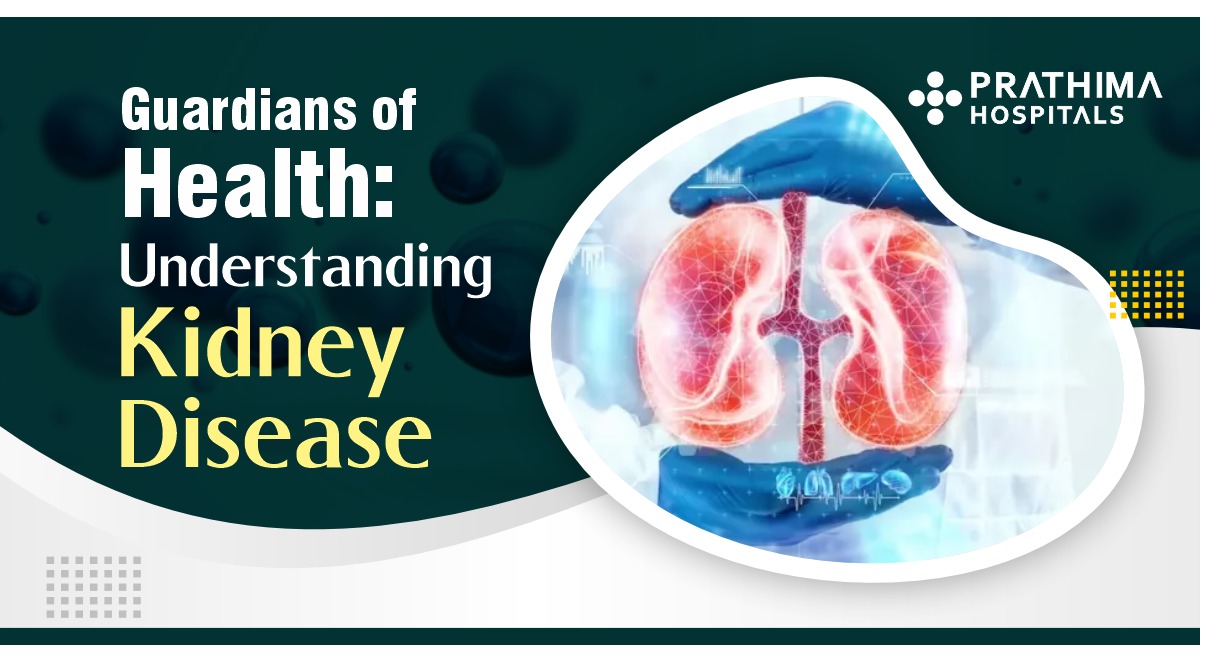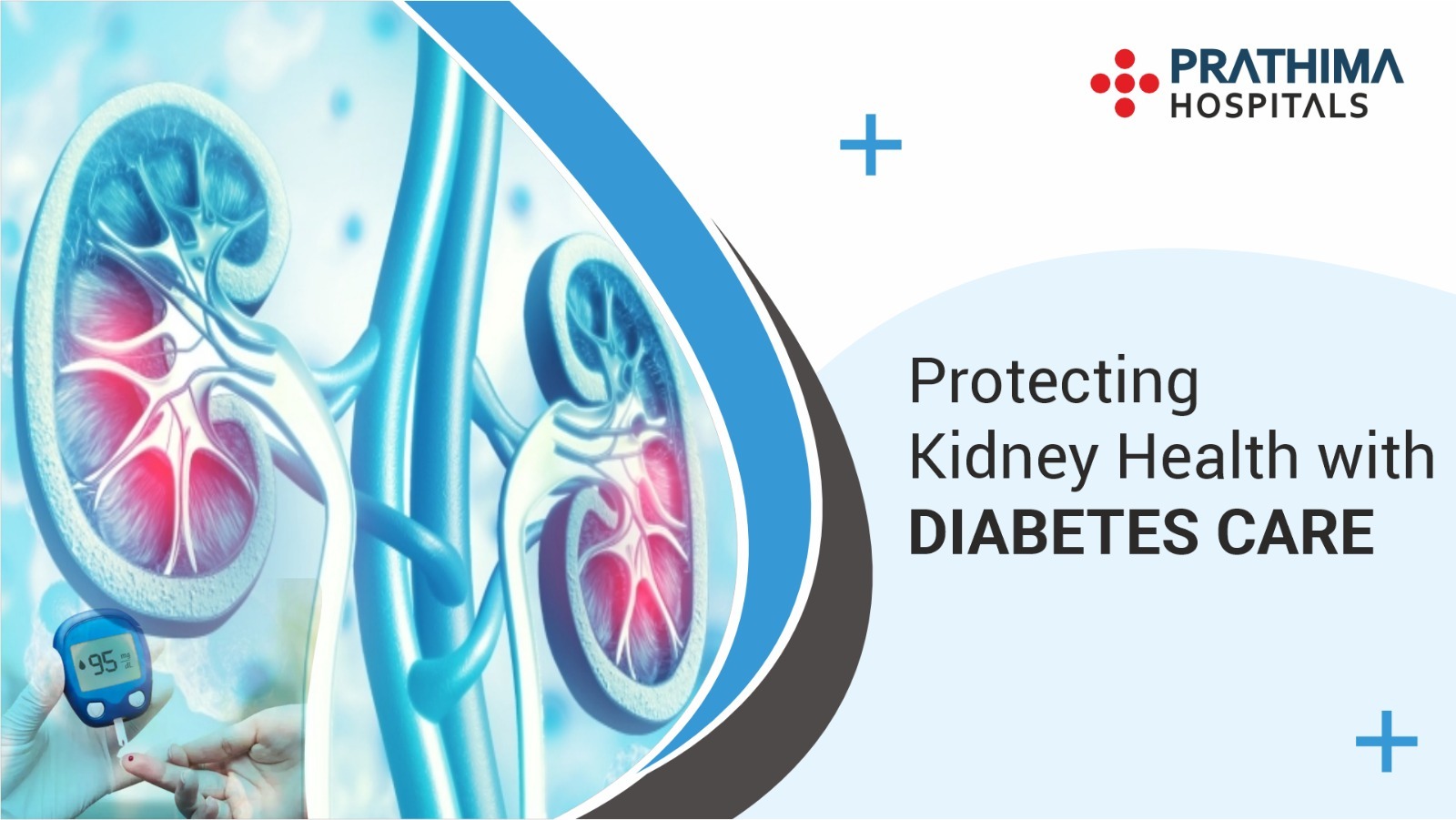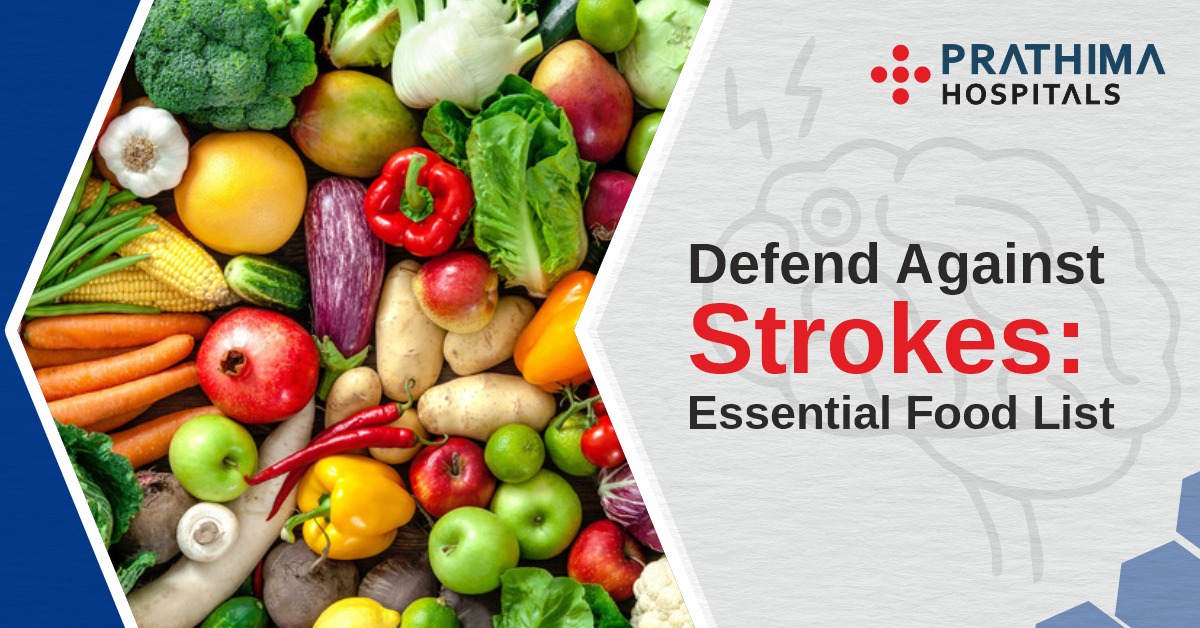Tips for Women Over 40 Regarding Bone Health!
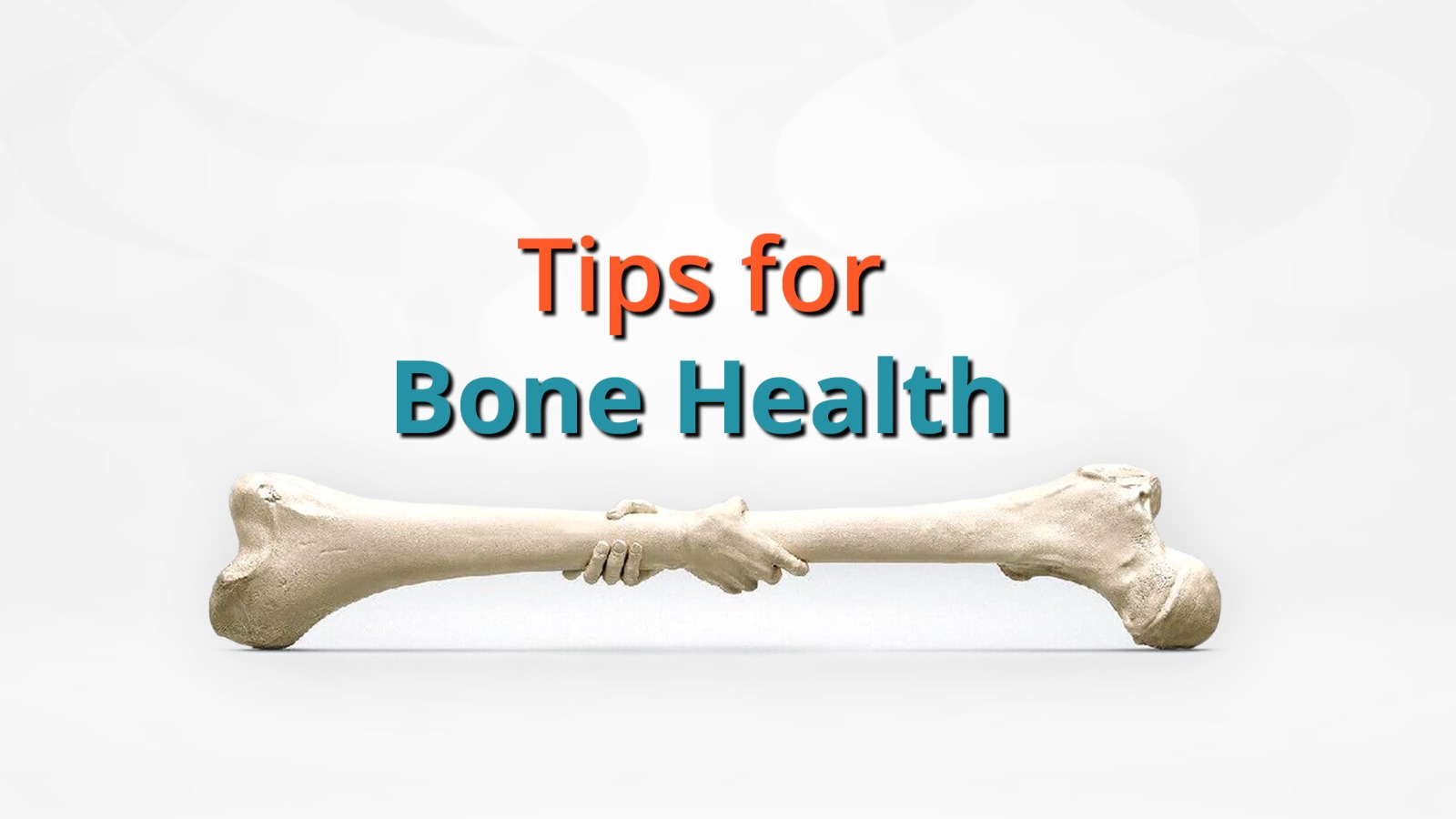
6 Tips to Increase Bone Health
Introduction:
As women reach their 40s, they enter a stage of life where maintaining bone health becomes increasingly crucial. According to the Best Orthopedician in Hyderabad, osteoporosis, a condition characterized by weak and brittle bones, affects a significant number of women during this period. However, there are several proactive steps women can take to promote strong and healthy bones well into their later years. In this article, we will discuss six essential tips for maintaining bone health specifically tailored for women in their 40s.
1.Engage in Regular Weight-Bearing Exercises:
Regular physical activity, particularly weight-bearing exercises, is instrumental in maintaining bone health. Engaging in activities that require your bones to support your weight, such as walking, jogging, dancing, or stair climbing, can help stimulate bone growth and maintain bone density. These exercises work by placing stress on the bones, triggering a response that strengthens them over time. On most days of the week, try to get at least 30min of weight-bearing exercise. Incorporating resistance training into your routine, such as lifting weights or using resistance bands, can also be beneficial for bone health.
2.Ensure Sufficient Calcium Intake:
Ensuring sufficient calcium intake is crucial for maintaining optimal bone health in women in their 40s. Calcium is a critical mineral for developing and maintaining healthy bones & teeth. It also plays a crucial role in various bodily functions, including muscle contraction, nerve transmission, and blood clotting. Here are some detailed guidelines and information on how to ensure adequate calcium intake:
Recommended Daily Calcium Intake: The recommended daily calcium intake for women in their 40s as per the Best Orthopedician in Kukatpally is around 1,000 milligrams. However, this requirement may vary depending on individual factors such as age, overall health, and specific medical conditions. It’s always best to consult with a healthcare professional to determine your exact calcium needs.
Dietary Sources of Calcium: Calcium can be obtained from a variety of food sources. Here are some samples of foods high in calcium:
- Dairy Products: Dairy products are well-known for their calcium content. Yoghurt, Milk & cheese are ideal origins of calcium. Opt for low-fat or skim milk varieties to reduce saturated fat intake.
- Fortified Plant-Based Milk: If you are lactose intolerant or follow a plant-based diet, fortified plant-based milk alternatives such as soy milk, almond milk, or oat milk can provide a good amount of calcium. Make sure to choose products that are fortified with calcium.
- Leafy Green Vegetables: Dark, leafy greens like kale, spinach, collard greens, and broccoli are rich in calcium. These vegetables are not only packed with calcium but also provide other essential nutrients and fibre.
- Tofu: Tofu, made from soybeans, is an excellent plant-based source of calcium. It is a versatile component that may be used in many different cookeries.
- Canned Fish with Bones: Canned fish such as salmon and sardines are not only a good source of calcium but also provide omega-3 fatty acids, which are beneficial for overall health. The small bones in canned fish are soft and safe to consume, providing an additional source of calcium.
- Nuts and Seeds: Almonds, sesame seeds, chia seeds, and flaxseeds contain calcium. They can be added to meals, salads, or enjoyed as snacks.
- Legumes: Legumes like beans, lentils, and chickpeas provide not only calcium but also other essential nutrients such as protein and fibre.
3.Increase Vitamin D Levels:
Vitamin D plays a crucial role in bone health as it helps the body absorb and utilize calcium efficiently. Adequate vitamin D levels are necessary to maintain optimal bone density. Unfortunately, vitamin D deficiency is widespread, especially among women in their 40s. While the sun is a natural source of vitamin D, it may not always be feasible to obtain sufficient amounts due to factors like limited sunlight exposure or geographical location. In such cases, dietary sources of vitamin D, including fatty fish (salmon, mackerel), egg yolks, and fortified products (milk, orange juice), can be helpful. If you want to know if you need vitamin D pills, talk to your doctor.
4.Prioritize a Balanced Diet:
Maintaining a balanced and nutritious diet is essential for overall health, including bone health. Besides ensuring adequate calcium and vitamin D intake, it is crucial to consume a variety of nutrients that support bone health. Include foods rich in magnesium (whole grains, nuts, seeds, legumes), phosphorus (seafood, lean meats, dairy products), potassium (fruits, vegetables, beans), and vitamin K (leafy green vegetables, broccoli, Brussels sprouts) in your diet. Furthermore, reducing excessive consumption of caffeine, alcohol, and soda can help preserve bone density, as these substances can interfere with calcium absorption and contribute to bone loss.
5.Quit Smoking:
Quitting smoking is a vital step in maintaining bone health for women in their 40s. Smoking has detrimental effects on bone density and increases the risk of osteoporosis. Here are some detailed insights and strategies to help you quit smoking:
Effects of Smoking on Bone Health: Smoking has several adverse effects on bone health, including:
- Reduced Bone Density: Smoking is associated with decreased bone density, making the bones weaker and more susceptible to fractures. Studies have shown that smokers, especially women, have lower bone density compared to non-smokers.
- Altered Bone Remodeling: Smoking disrupts the delicate balance between bone formation and breakdown, leading to impaired bone remodelling. This imbalance can contribute to bone loss and the development of osteoporosis.
- Hormonal Changes: Smoking has been linked to hormonal changes in women, including decreased estrogen levels. Estrogen plays a significant role in maintaining bone density, and lower estrogen levels can accelerate bone loss.
Strategies suggested by Best Orthopedician in kachiguda to Quit Smoking:
- Motivation and Commitment: Quitting smoking requires a strong commitment and motivation. Reflect on the reasons why you want to quit, such as improving your bone health, reducing the risk of chronic diseases, and improving overall well-being. Keep these reasons in mind to stay focused and motivated throughout the quitting process.
- Seek Support: Inform your family, friends, and healthcare provider about your decision to quit smoking. Their support and encouragement can be instrumental in your journey. Consider joining smoking cessation support groups or programs that provide guidance, counselling, and a supportive community.
- Nicotine Replacement Therapy (NRT): Nicotine replacement therapy can help manage withdrawal symptoms and cravings. NRT products, such as nicotine patches, gum, lozenges, inhalers, or nasal sprays, provide controlled amounts of nicotine without the harmful chemicals found in cigarettes. Consult with your healthcare provider to determine which NRT option is suitable for you.
- Medications: Certain medications, such as bupropion and varenicline, can assist in smoking cessation by reducing cravings and withdrawal symptoms. These medications require a prescription, so consult with your healthcare provider to determine if they are suitable for you.
- Behavioral Therapies: Behavioral therapies can help address the psychological aspects of smoking addiction. Techniques such as cognitive-behavioural therapy (CBT), individual counselling, or group counselling can provide valuable support, coping strategies, and relapse prevention techniques.
- Identify Triggers and Make Lifestyle Changes: Identify situations or triggers that make you crave cigarettes, such as stress, certain social settings, or specific habits. Develop alternative coping mechanisms, such as engaging in physical activity, practising deep breathing exercises, or finding healthier ways to manage stress. Making positive lifestyle changes, such as adopting a regular exercise routine and prioritizing self-care, can also reduce smoking cravings and improve overall well-being.
- Stay Persistent and Learn from Relapses: Quitting smoking can be challenging, and relapses may occur. If you encounter a setback, don’t give up. Learn from the experience and identify triggers or situations that led to the relapse. Adjust your strategies accordingly and try again. Remember, quitting smoking is a journey, and each attempt brings you closer to success.
6.Get Regular Bone Density Tests:
Regular bone density tests, such as a dual-energy X-ray absorptiometry (DXA) scan, can assess the density and strength of your bones. These tests help identify the early stages of bone loss and osteoporosis, allowing for timely intervention and treatment. Women in their 40s should discuss with their healthcare provider when it is appropriate to begin bone density screenings. Depending on individual risk factors and previous test results, the frequency of these tests may vary. Early detection and appropriate management can significantly reduce the impact of osteoporosis and minimize the risk of fractures.
Conclusion:
Maintaining bone health is vital for women in their 40s to prevent the onset of osteoporosis and associated complications. By incorporating these six essential tips into your lifestyle, you can proactively promote strong and healthy bones. Engage in regular weight-bearing exercises, ensure sufficient calcium and vitamin D intake, adopt a balanced diet, quit smoking, and prioritize regular bone density tests. By taking charge of your bone health now, you can enjoy an active and fulfilling life well into the future. Remember, always consult with your healthcare provider at the Best Orthopedic Hospital in Hyderabad, Prathima Hospitals for personalized advice and recommendations regarding your bone health.
.
.
.
.
.
For more details:
📞:: 733 733 6600 | 040 4345 4345
🌐:: https://prathimahospitals.com/book-appointment/

